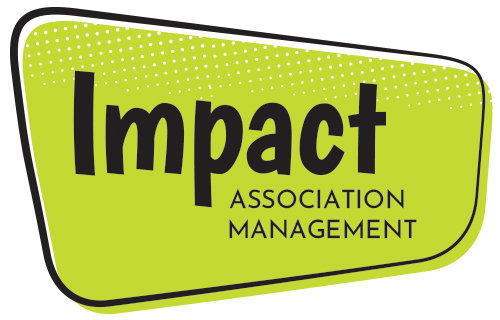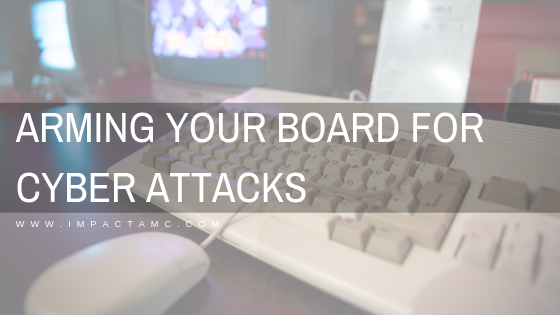When you join or sign up for something new, it is always nice to immediately feel like you are getting something out of it. This is no different when it comes to an association. There should be clear steps as to what happens when a new member joins and if these are not already in place, it is time to start brainstorming!
1. Welcome Email. Have your new member automatically receive a welcome email. This email should include a re-explanation of their benefits, information on how to log in to the website, and where to find different resources. This will help them to quickly become familiar with the system and will reach them at the time they are most excited about their membership.
2. Buddy System. Appoint someone on the board or a member on the membership committee to buddy up with the newbie. This gives that person a point of contact they can go to with questions, concerns or to get more involved.
3. Check back in. After around 6 months, check back in with the new member to see how they are liking the group. This could be done through a survey or just a quick email. This check-in will let you know if your system needs some changes for future new members.
Creating these onboarding steps will help to ensure member retention and growth. The happier the member is the more likely they will be to refer the organization to a friend and to stay in the group themselves.





